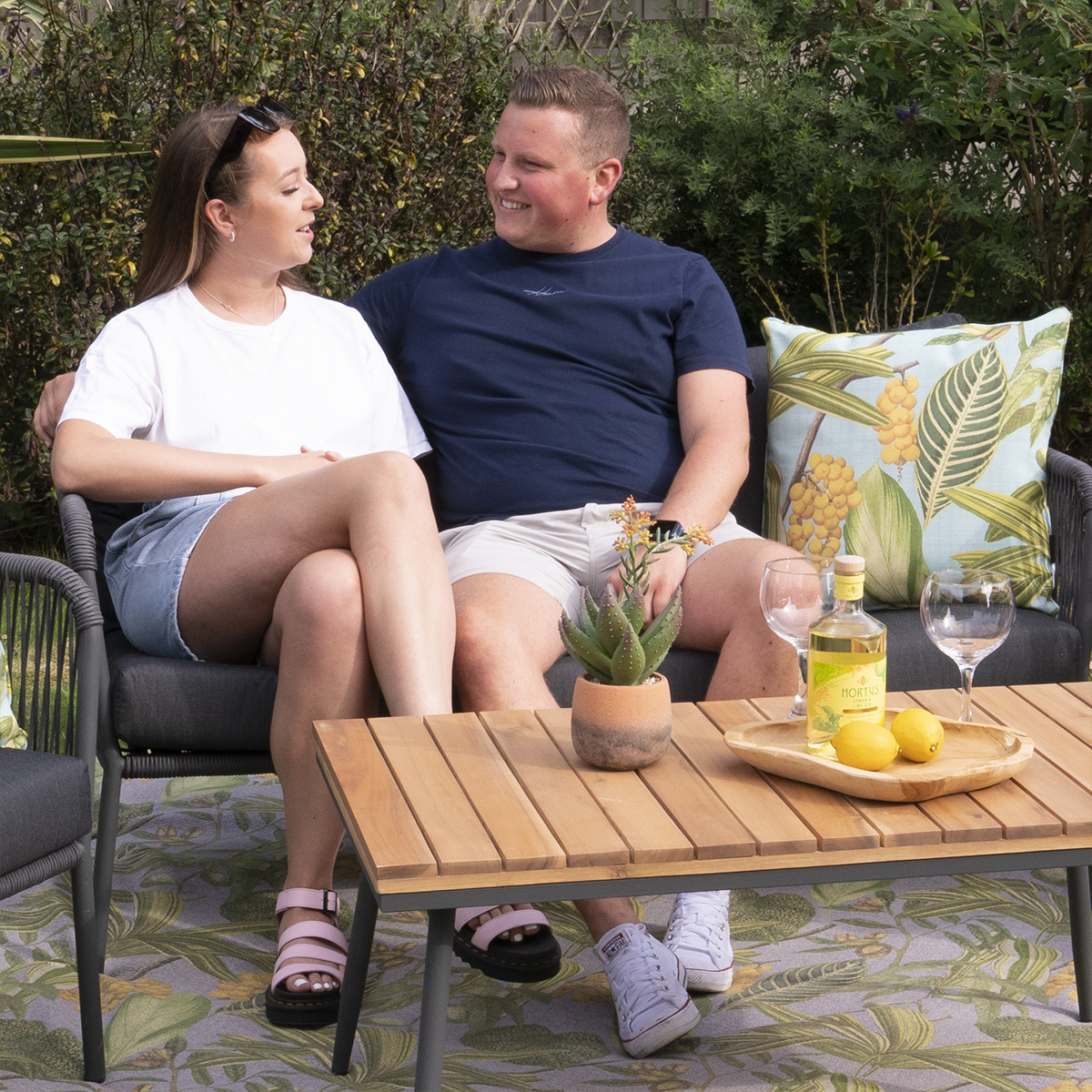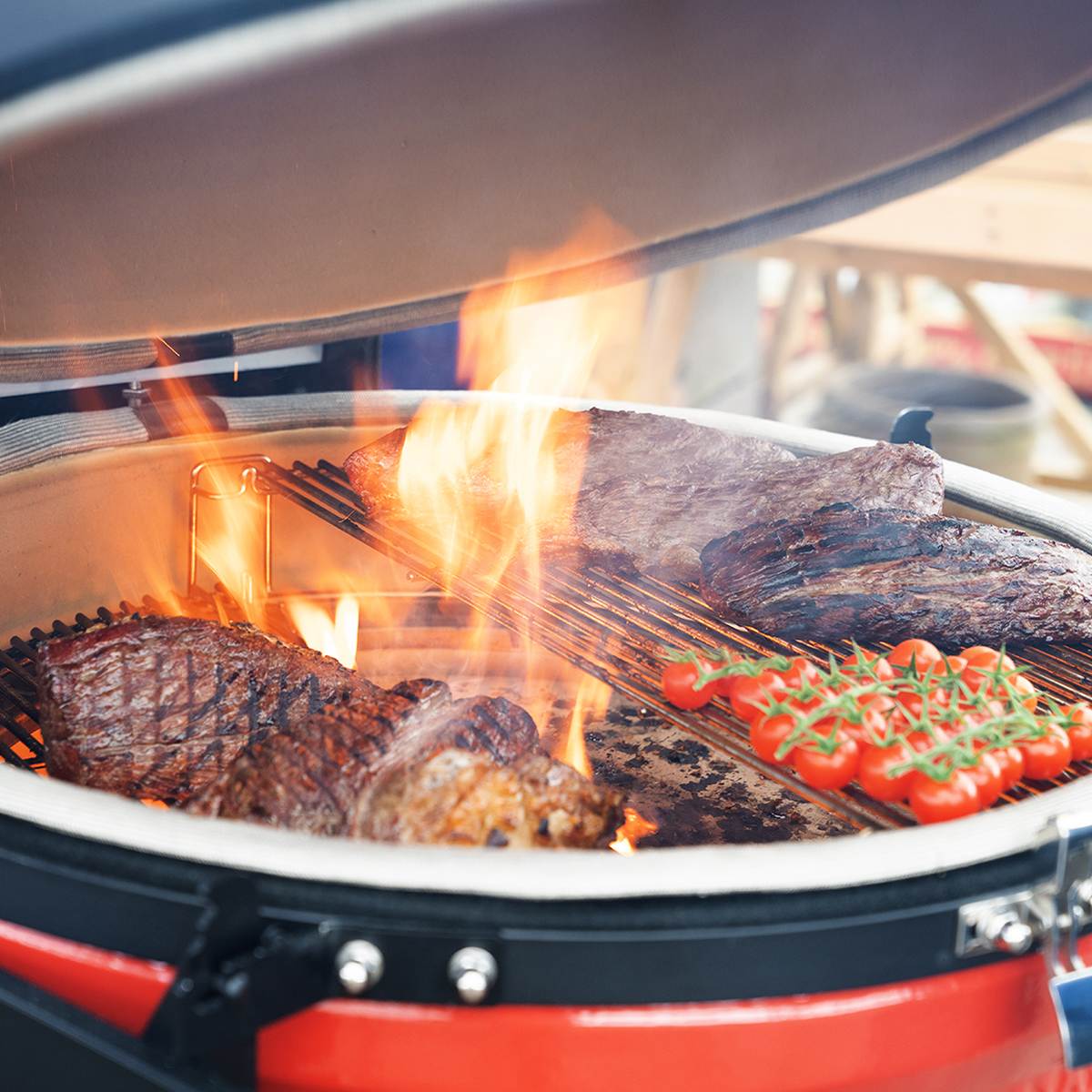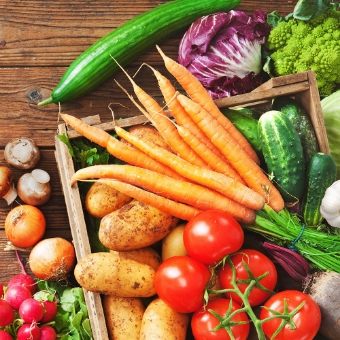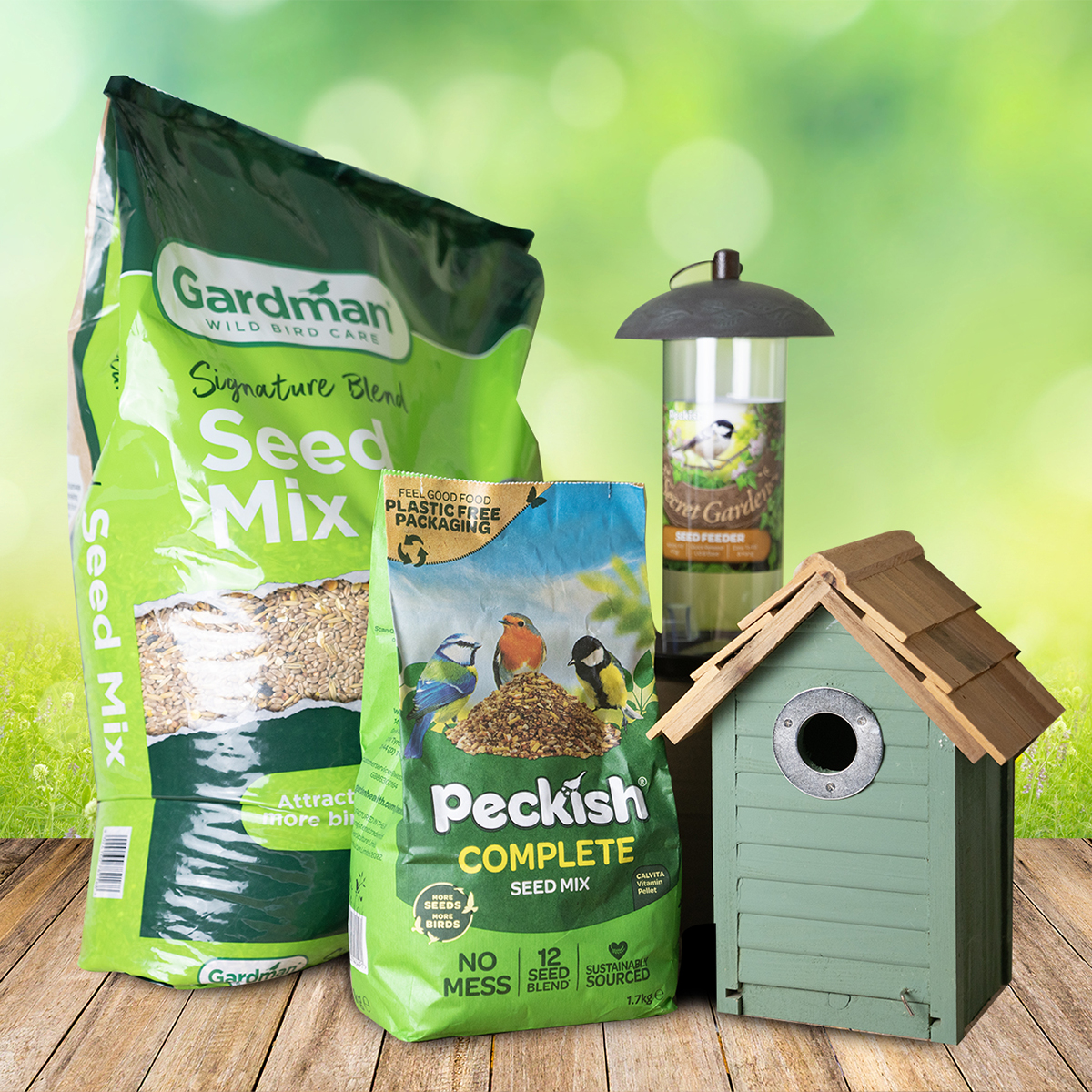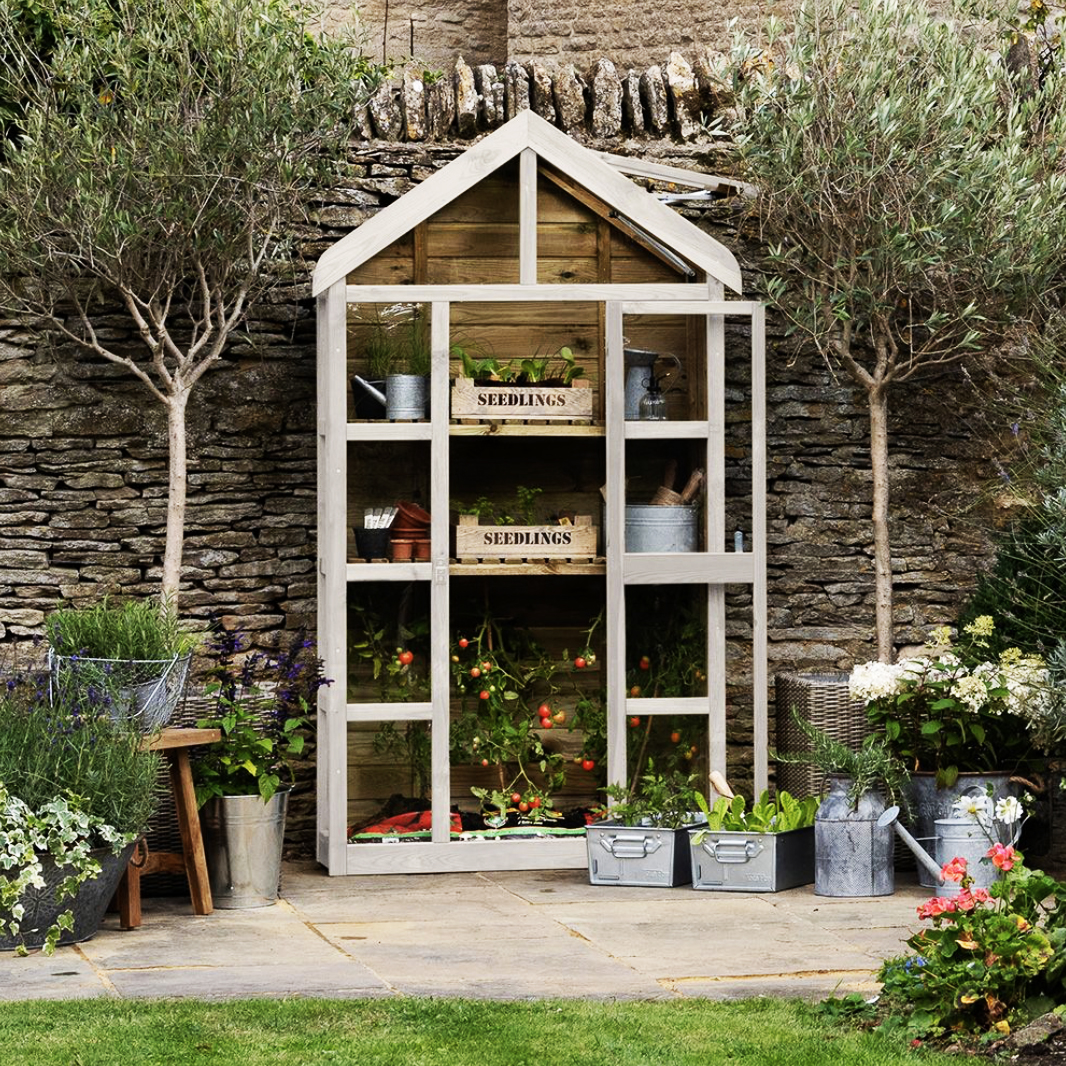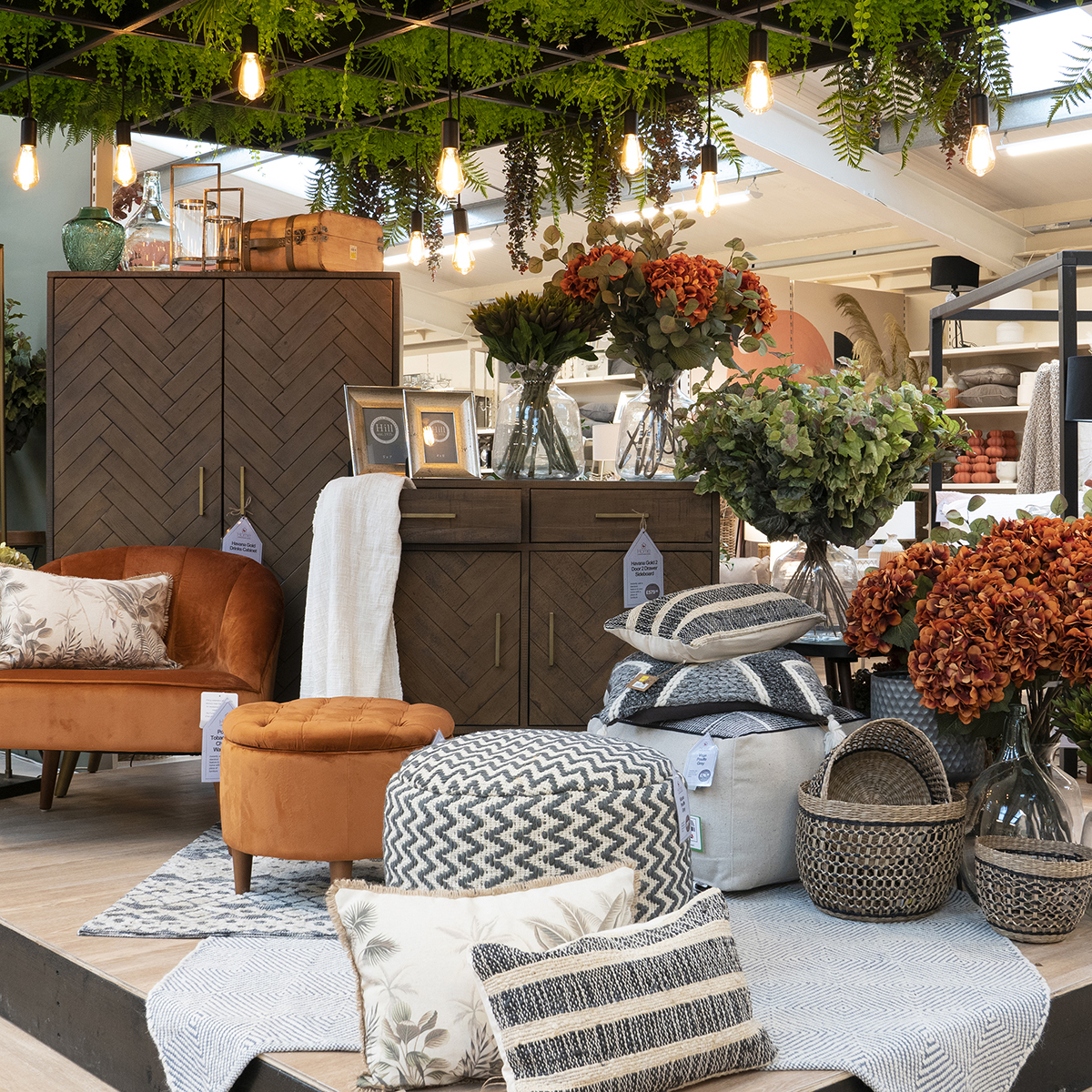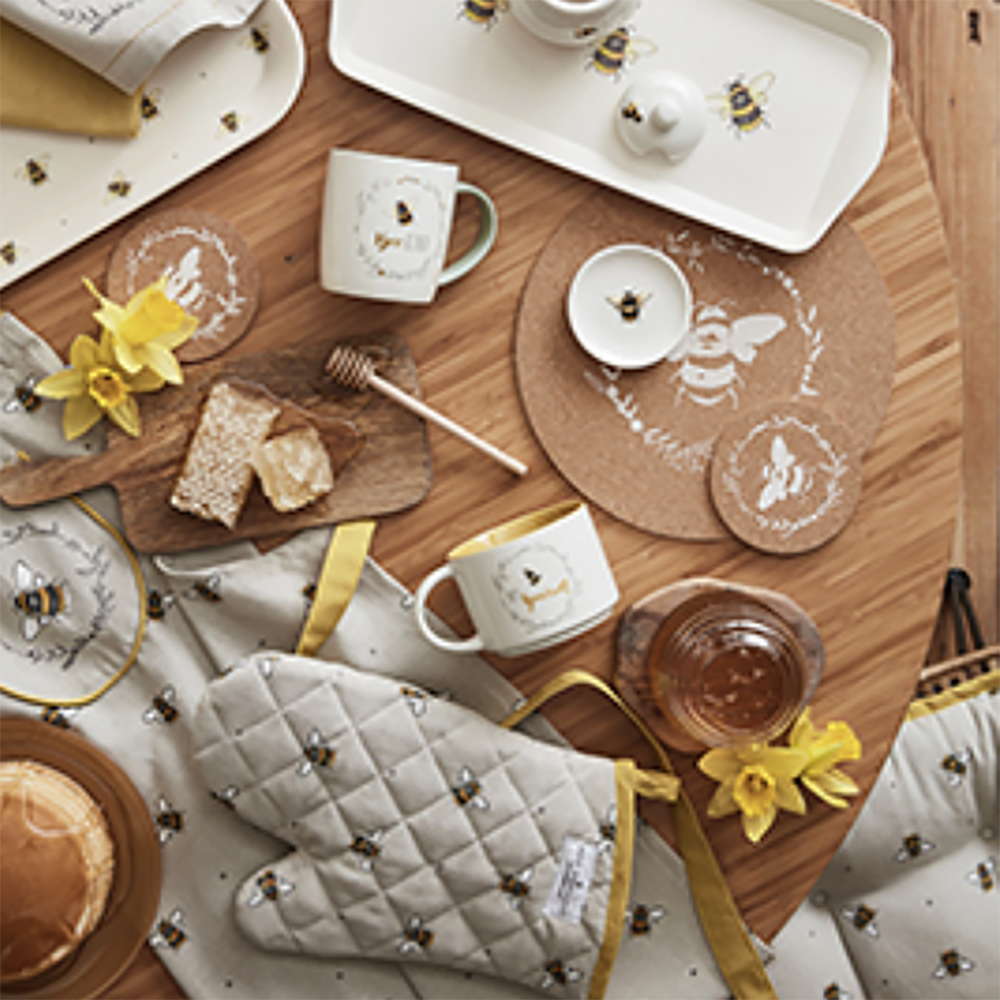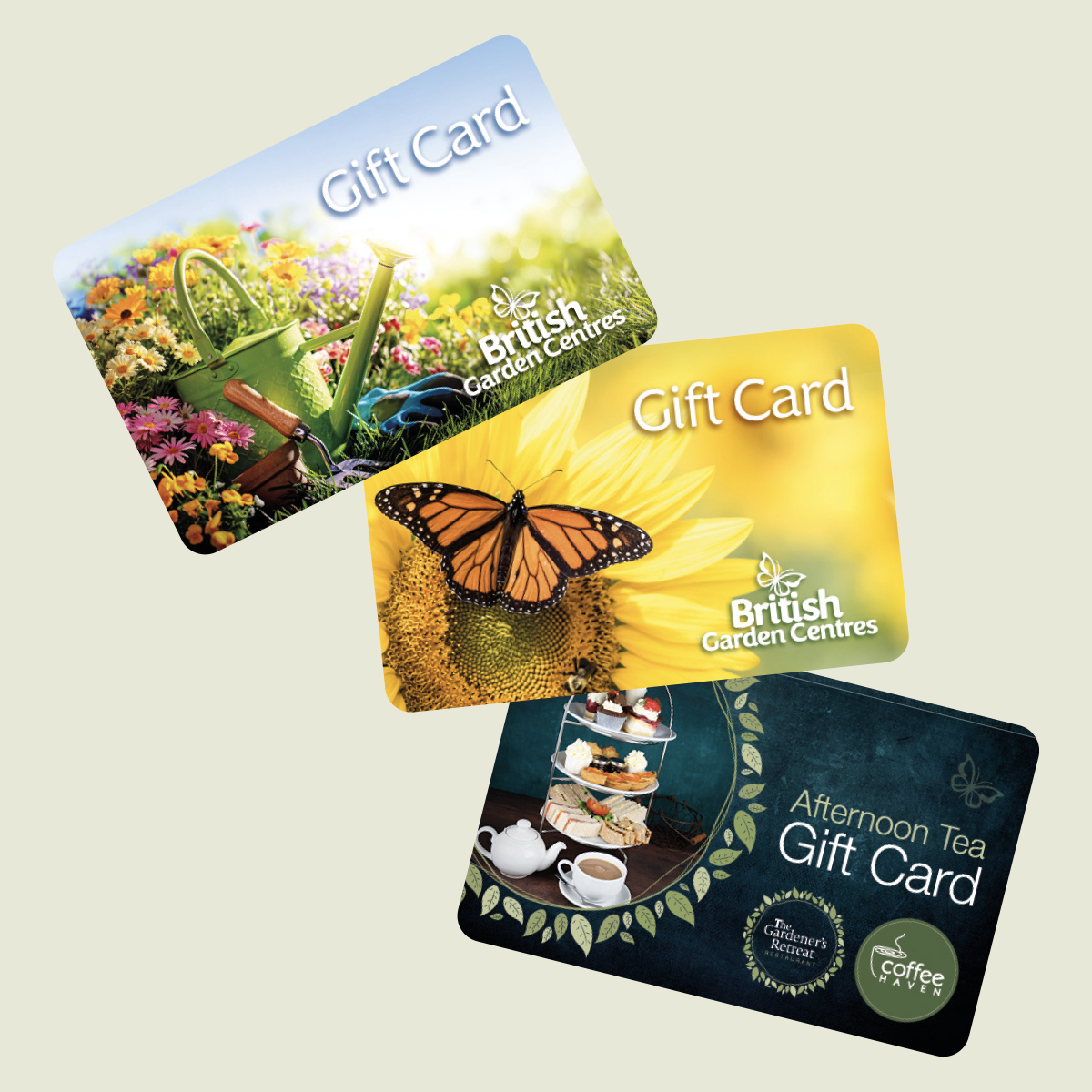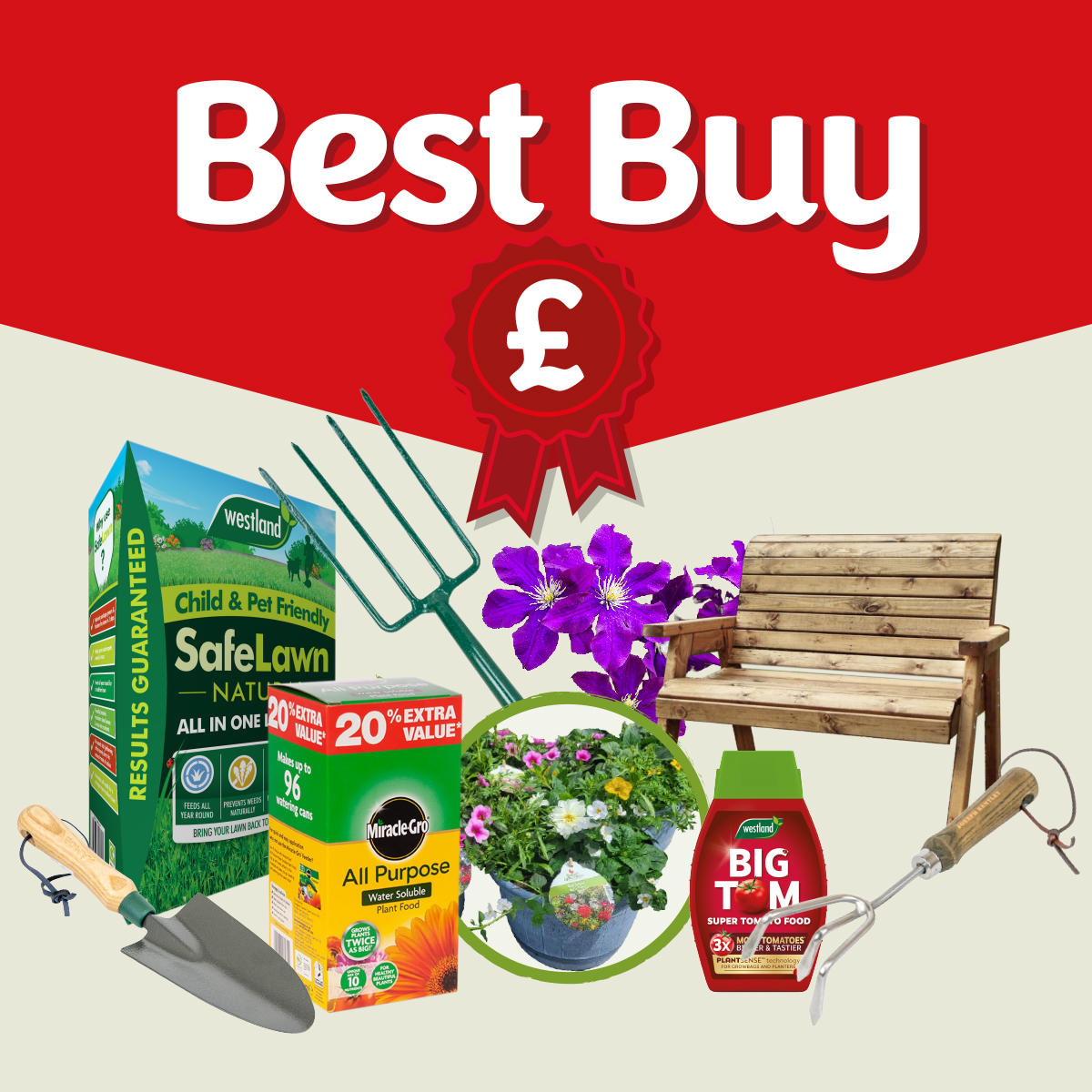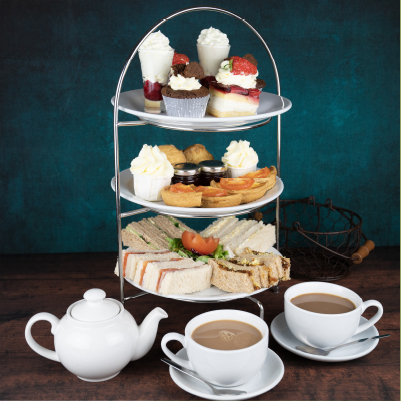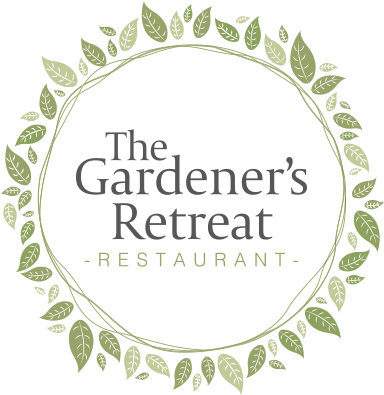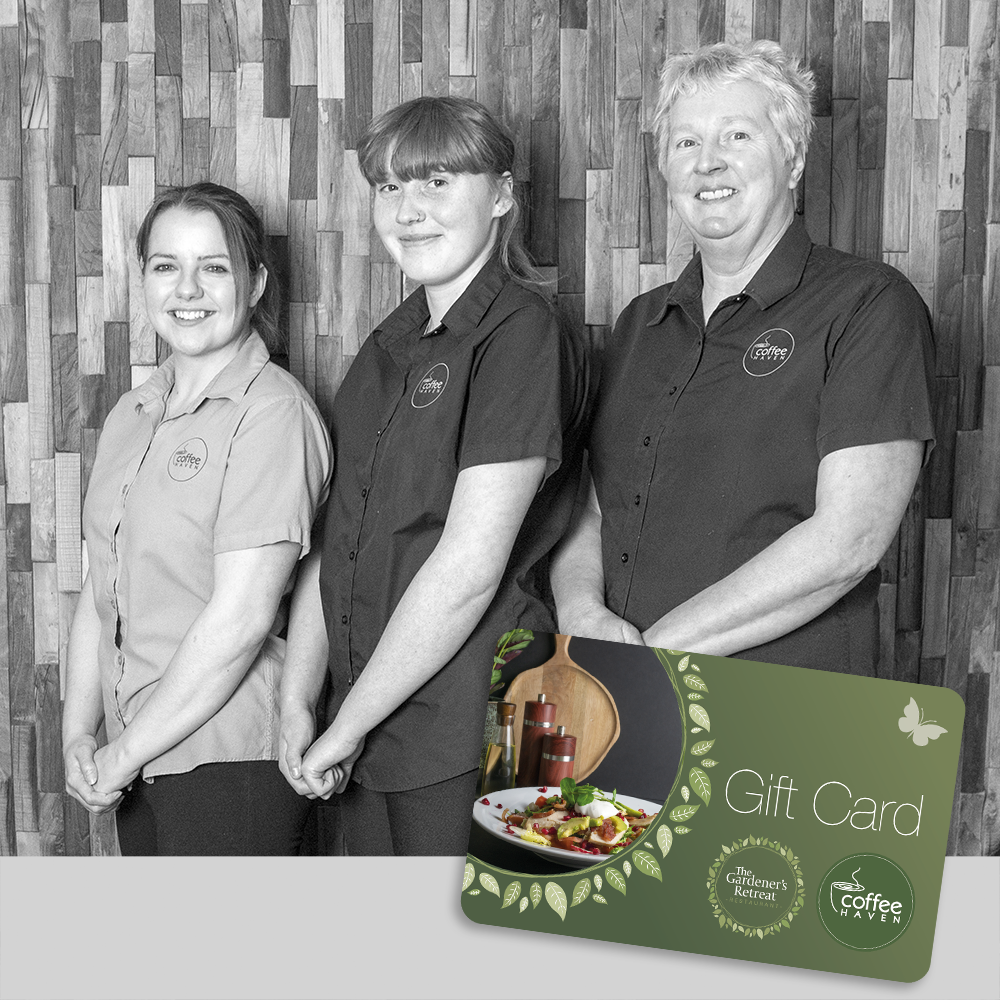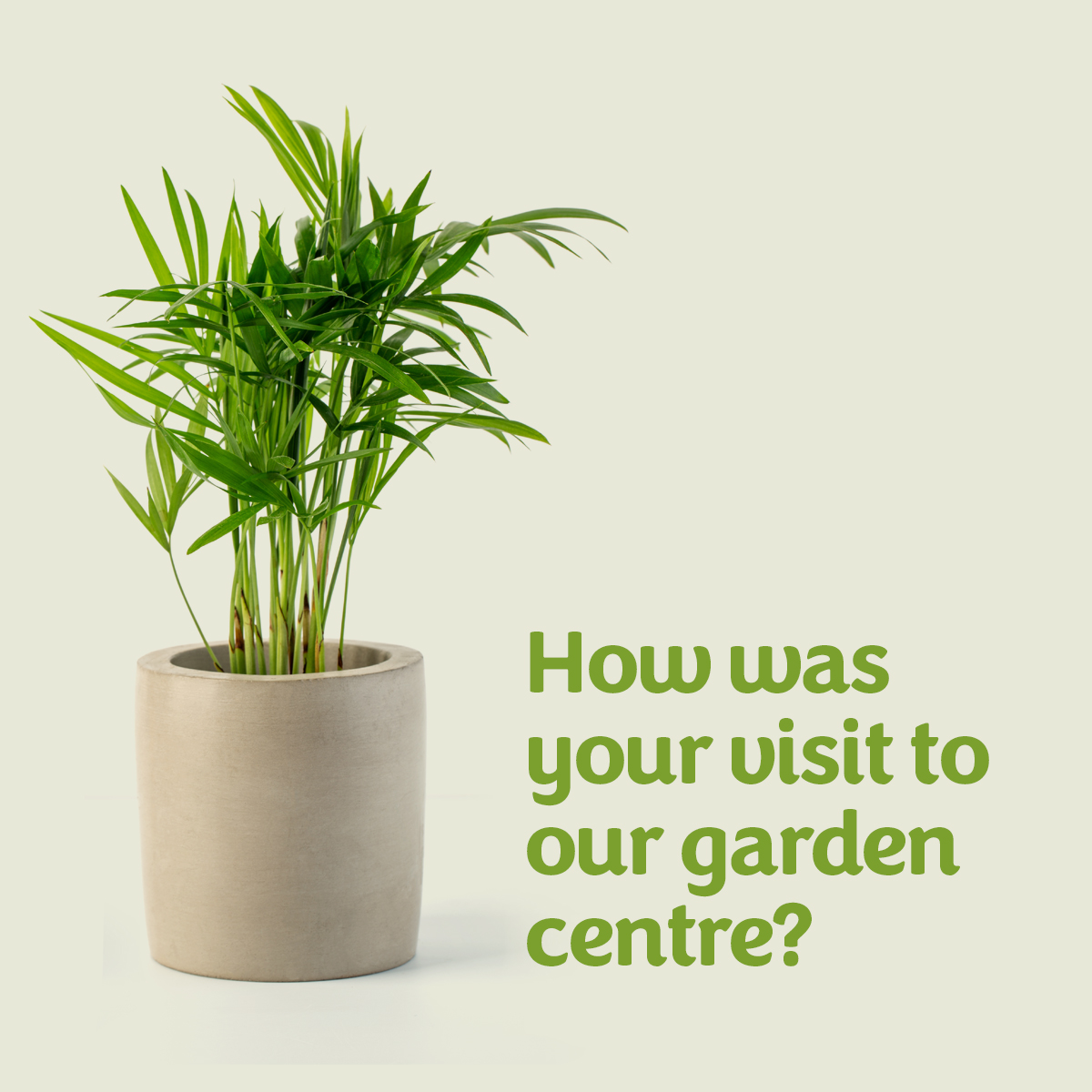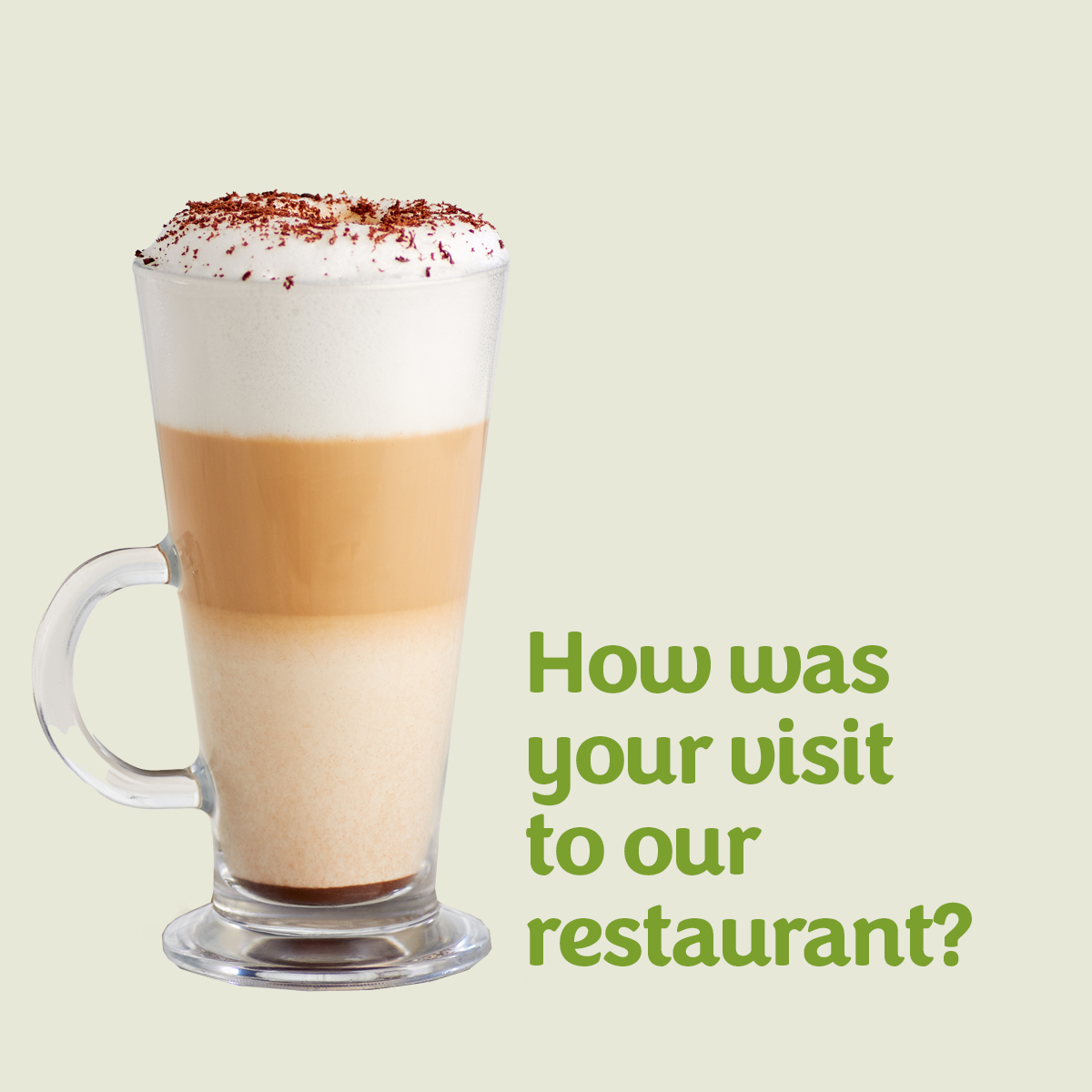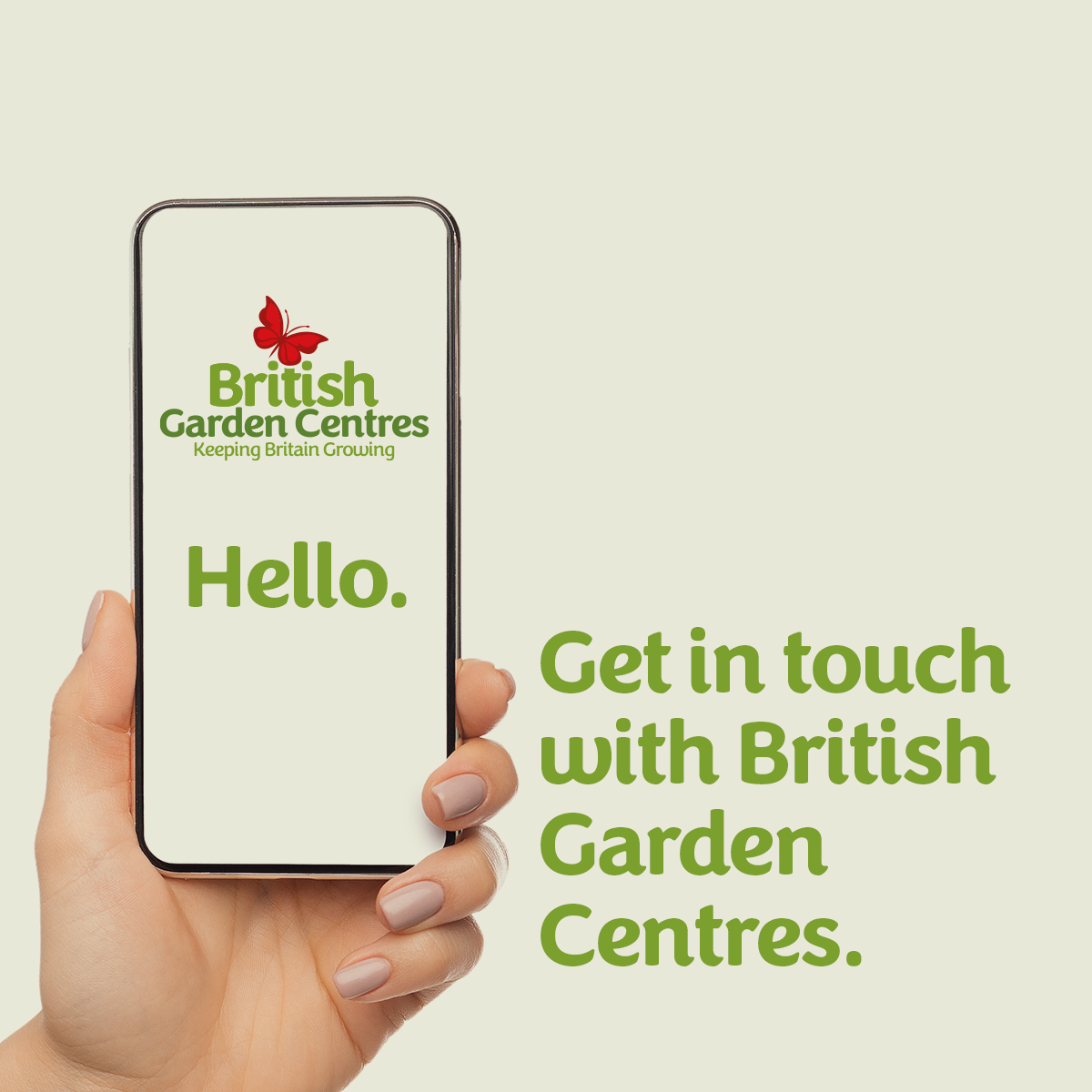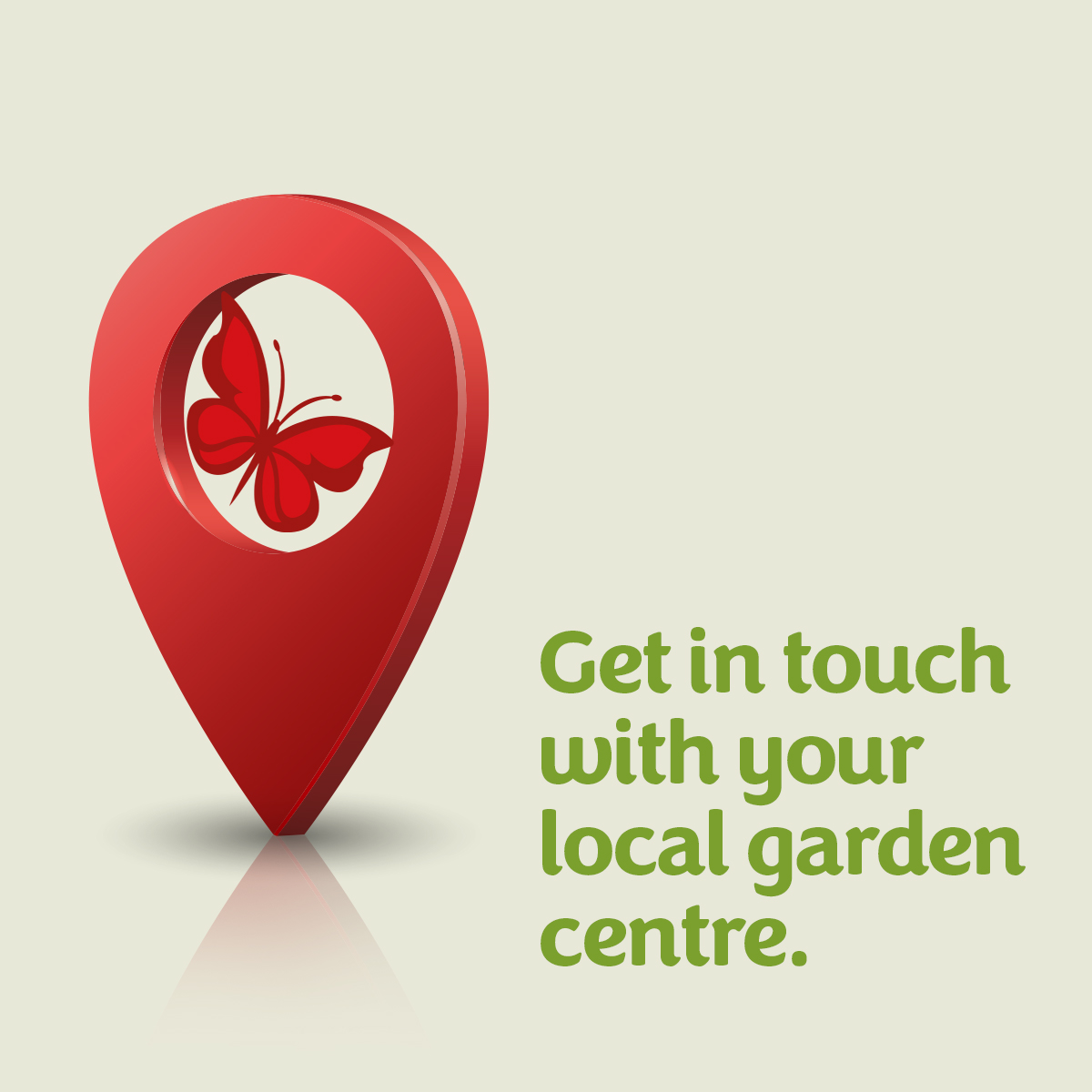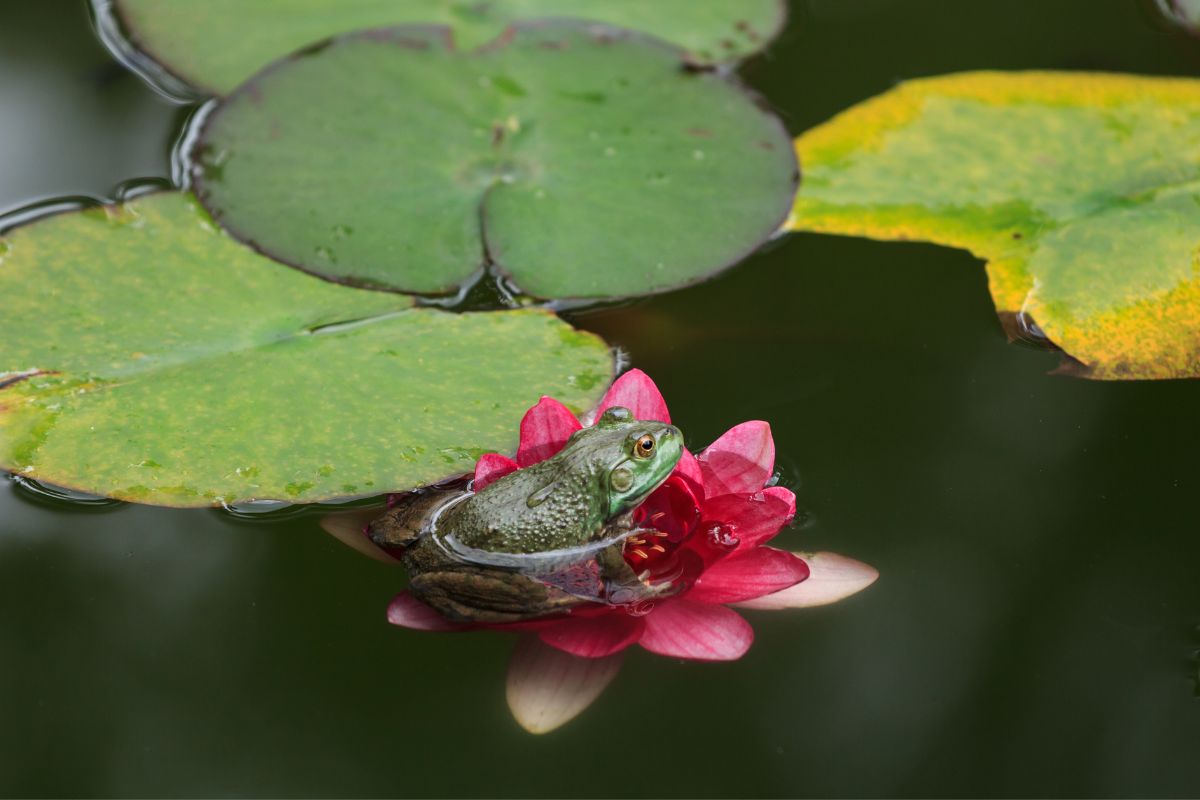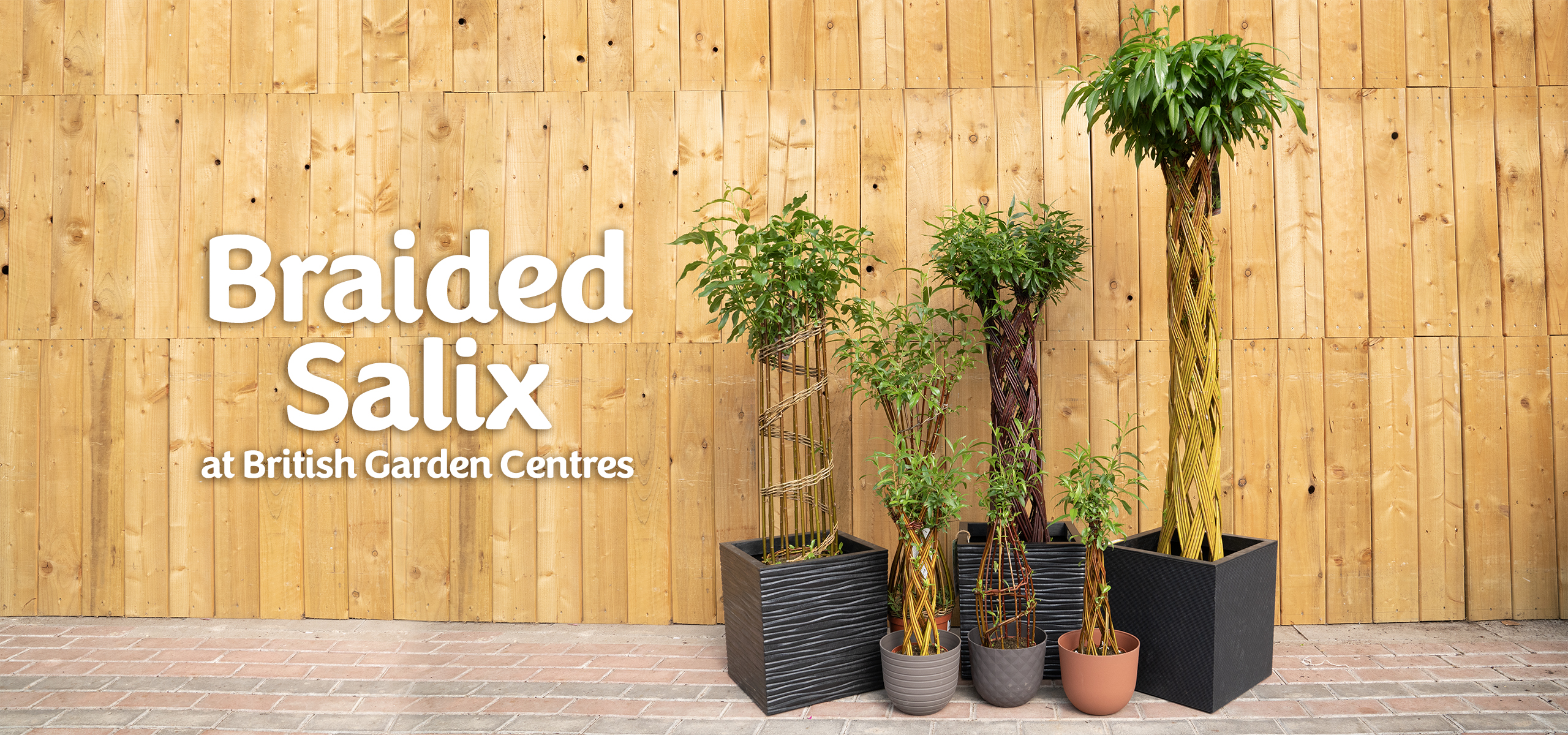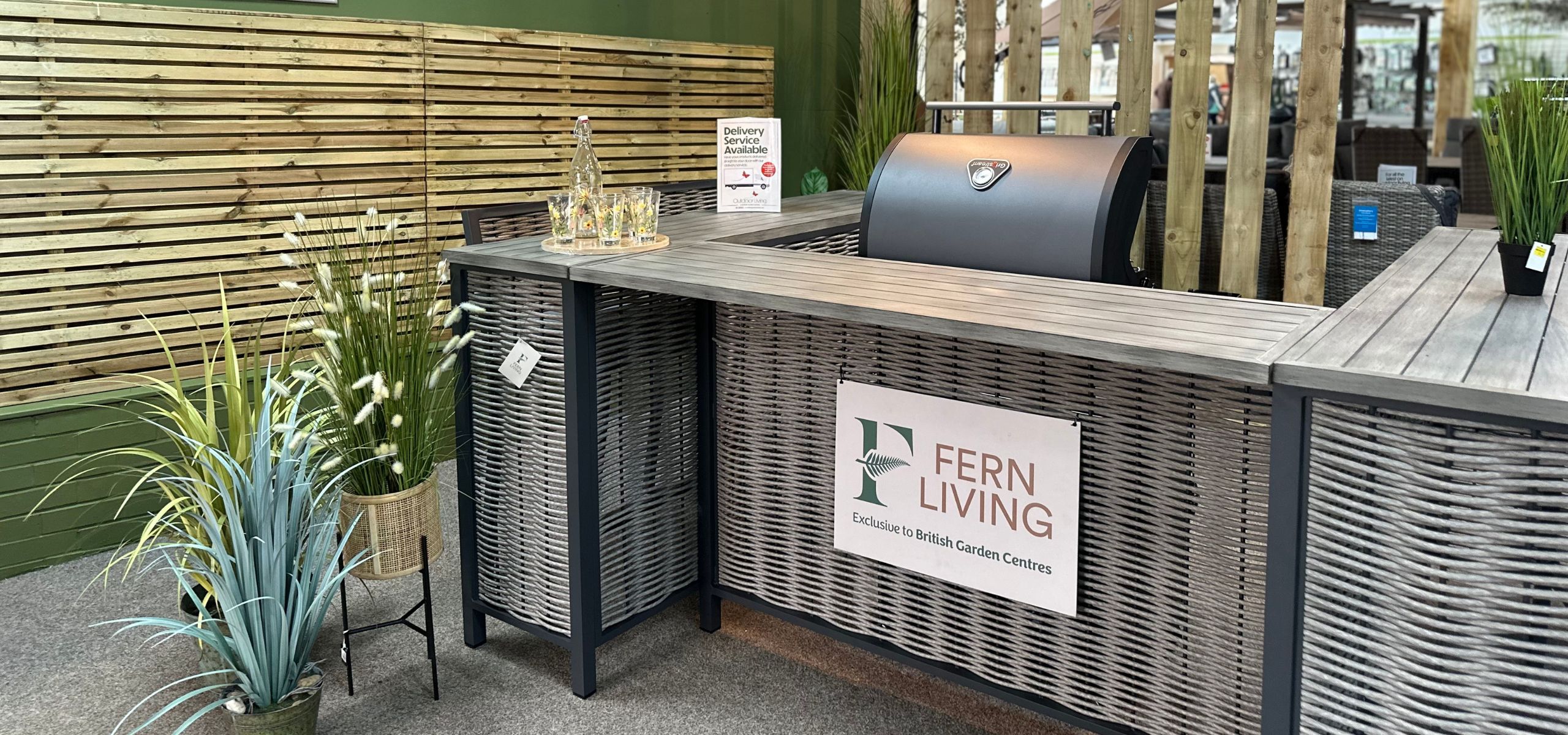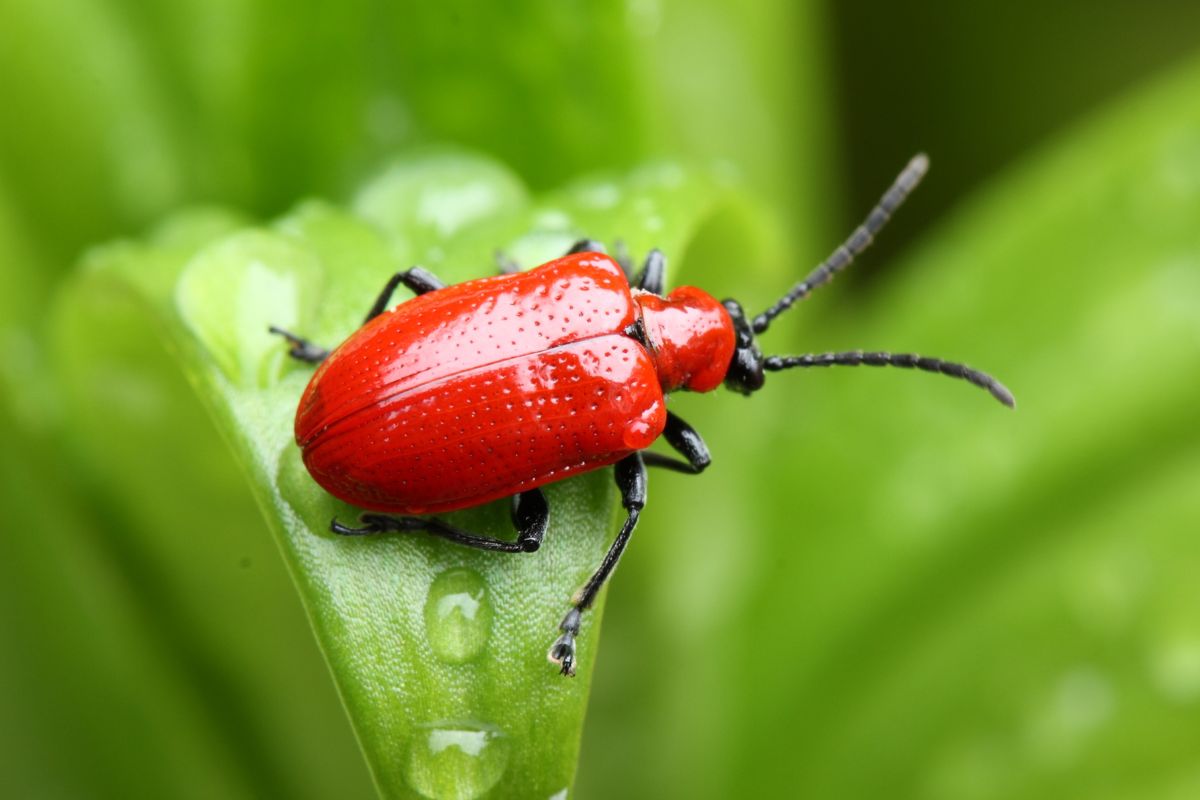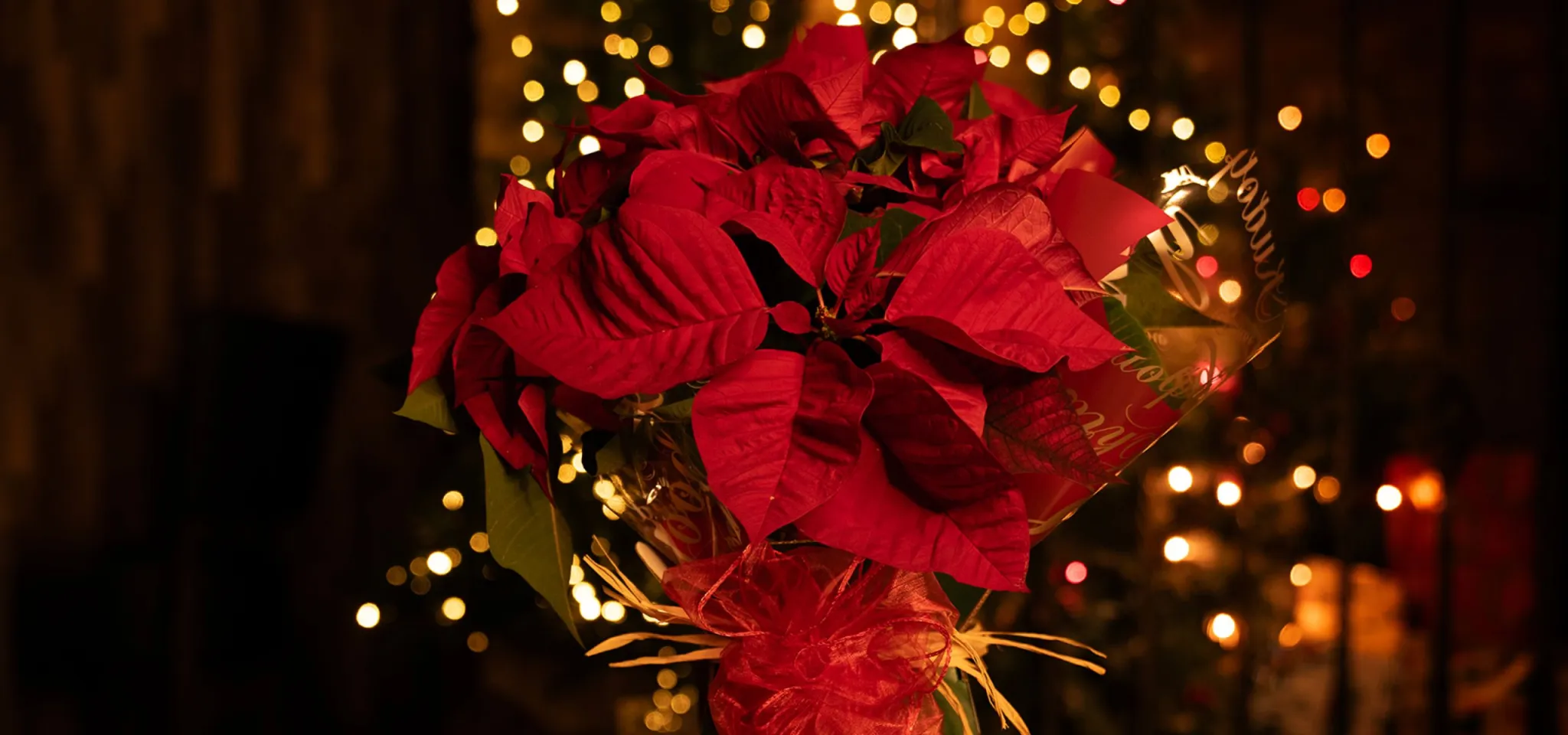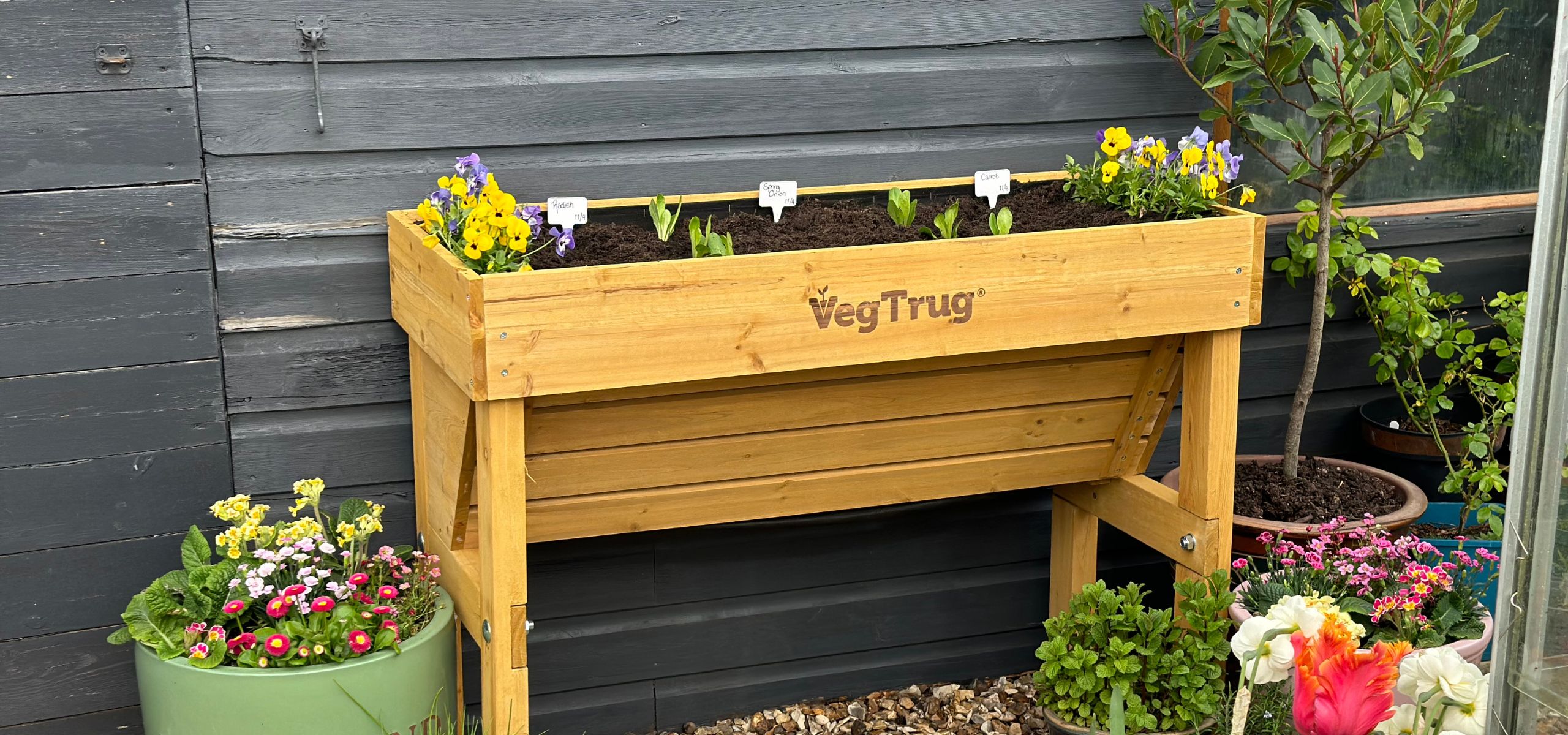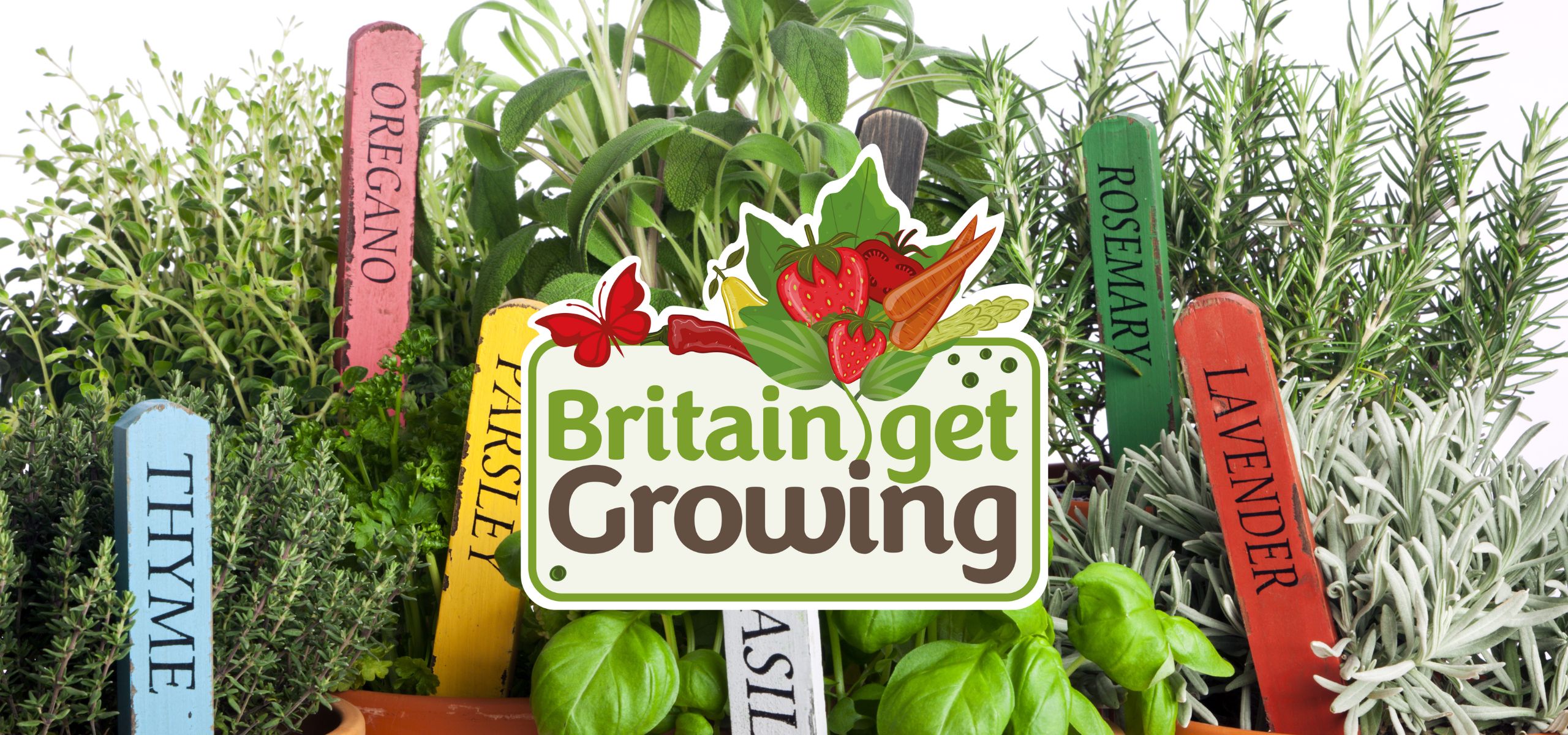
How to give wildlife a helping hand for Garden Wildlife Week
Garden Wildlife Week takes place from June 6th to June 12th and raises awareness of the country’s wild animals and plants. Some of these most recognisable British animals and insects are in decline and so anything we can do to help them thrive is important. Our gardens can be safe habitats for wildlife and even small steps, like introducing homes, creating shelter and providing food can make a big difference to the wildlife around us. The British Garden Centres team rake a look at the steps you can take to help.
Bees
Bumblebees are the most famous pollinators, and without these buzzing little creatures, far fewer flowers, fruits and vegetables would be growing around us. However, nearly one in 10 wild bee species in Europe are threatened with extinction, while 13 bee species have been wiped out since 1900 as urban development takes over their natural habitat, research has found.
Bee hotels are a great way to help solitary bees like mason bees and leafcutter bees by providing much-needed shelter – as opposed to bumble bees and honey bees that live in colonies. Your local British Garden Centre store stocks bee hotels and insect houses that allow these amazing insects to nest in bamboo poles and tunnels, allowing them to lay their eggs safely and away from predators.

Insects
Several other insects play important roles in your healthy garden thriving. Ladybirds are one of the most popular varieties with UK gardeners, not only for their attractiveness but also as a biological pest control method. Hoverflies are often confused with wasps or bees due to their similar appearance, but they help control aphids, thrips, and caterpillars.
Lacewings are also popular with gardeners because they eat aphids and their larvae, which can damage ornamental plants and allotment crops. Creepy crawlies like beetles are also great for gardens, being predators that can eliminate pests like slugs from your garden.
Our selection of insect houses has multiple rooms for different types of insects. Made from a variety of materials including hollow bamboo tubes, fir, pine cones and sawdust, the hotels provide the perfect abode for all the insects in your garden.

Butterflies
There are around 60 species of butterflies in the UK, but they are declining faster in urban areas. Habitat loss and combined intensification of land use and climate change have been cited as major factors.
Those wishing to help the UK butterfly population can support a variety of butterflies by attracting them to your garden with our Butterfly Hotels, which feature vertical openings at the front to allow the butterflies to easily enter their homes. Hang them near nectar-rich flowers, or place sugar-soaked sponges in butterfly houses to provide visitors with a good source of food.

Birds
Attracting garden birds to your outdoor space is fun and rewarding at the same time. Just watching them jump from tree to tree helps regulate our emotions and behaviour – perfect when life is stressful and hectic as it helps us reconnect with nature.
The most obvious thing you can do is serve food. We have a range of bird feeders, tables and bird feeders designed to attract bird visitors to your outdoor space, making spotting your favourite garden birds easy and enjoyable.
Birds are also susceptible to the cold, so they must have a warm place to go to the next. Our nest boxes can be hung on trees or walls and lined with leaves, grass, bark, twigs or shavings to create a cosy home for winter. Like us, birds need water and food to survive and thrive in warm weather, and your local centre stocks a range of birdbaths and bowls that are both functional and decorative for drinking and bathing.
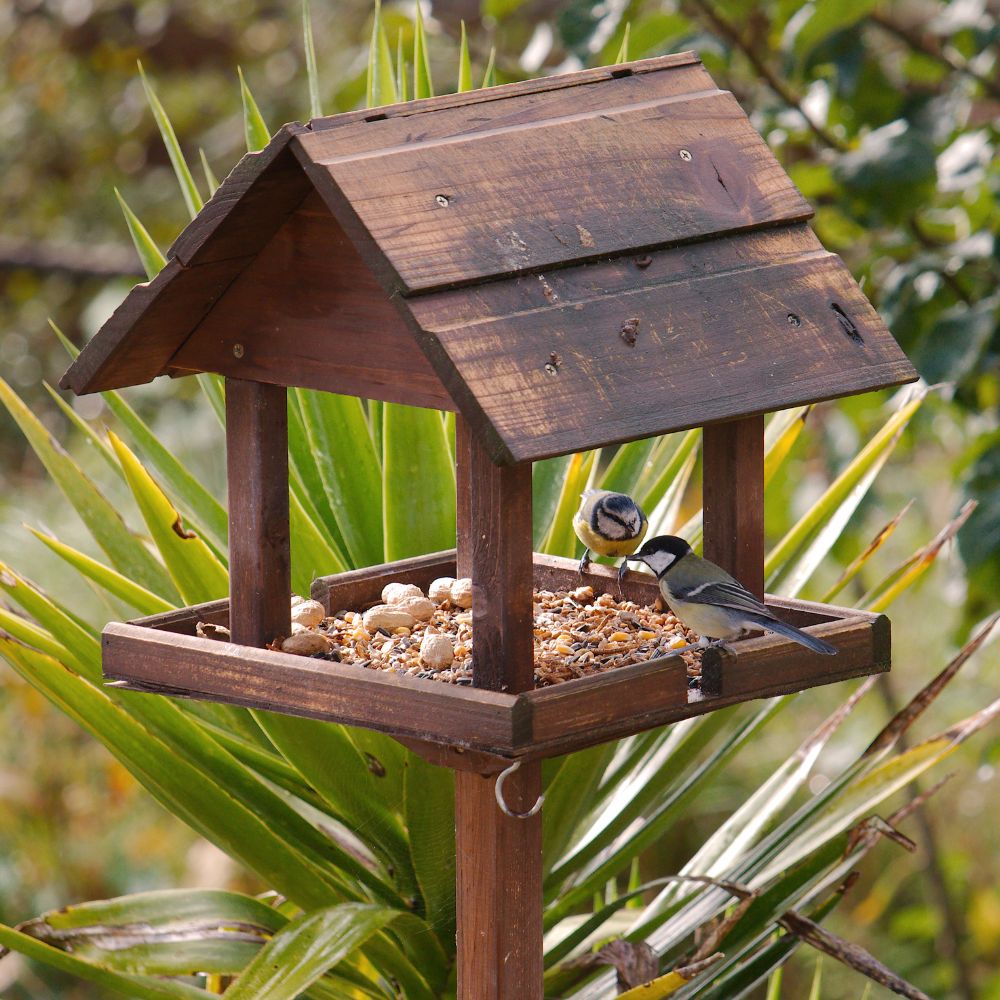
Hedgehogs
One of the biggest challenges hedgehogs face is the lack of connected habitats. Unfortunately, the number of these spiky mammals in the UK has fallen by around 50% since the turn of the century as intensive farming has destroyed their homes and nesting sites, such as hedgerows and field edges.
Our hedgehog houses provide shelter and food and can also serve as beautiful design elements and focal points in the garden. Hedgehog houses help provide hedgehogs with a safe habitat while also helping them hibernate during the long, cold winters. Gardens are very important to hedgehogs. You can also help ensure that some of your lawns are overgrown, as hedgehogs like to hide in tall grass and make holes in your fence or hedge so they can wander between gardens at night.

Newts, toads and frogs
Frogs, toads and newts can easily take up residence in small ponds. The ponds do not have to be of great size or depth; shallow-sided wildlife ponds are ideal. You will be pleasantly surprised by the accompanying wildlife that takes advantage of the pond, such as birds, dragonflies, and beetles.
Additionally, amphibians can find shelter in log piles or underneath a hedge or flower bed. A large stack of flat rocks is also a perfect place for them to call home!

